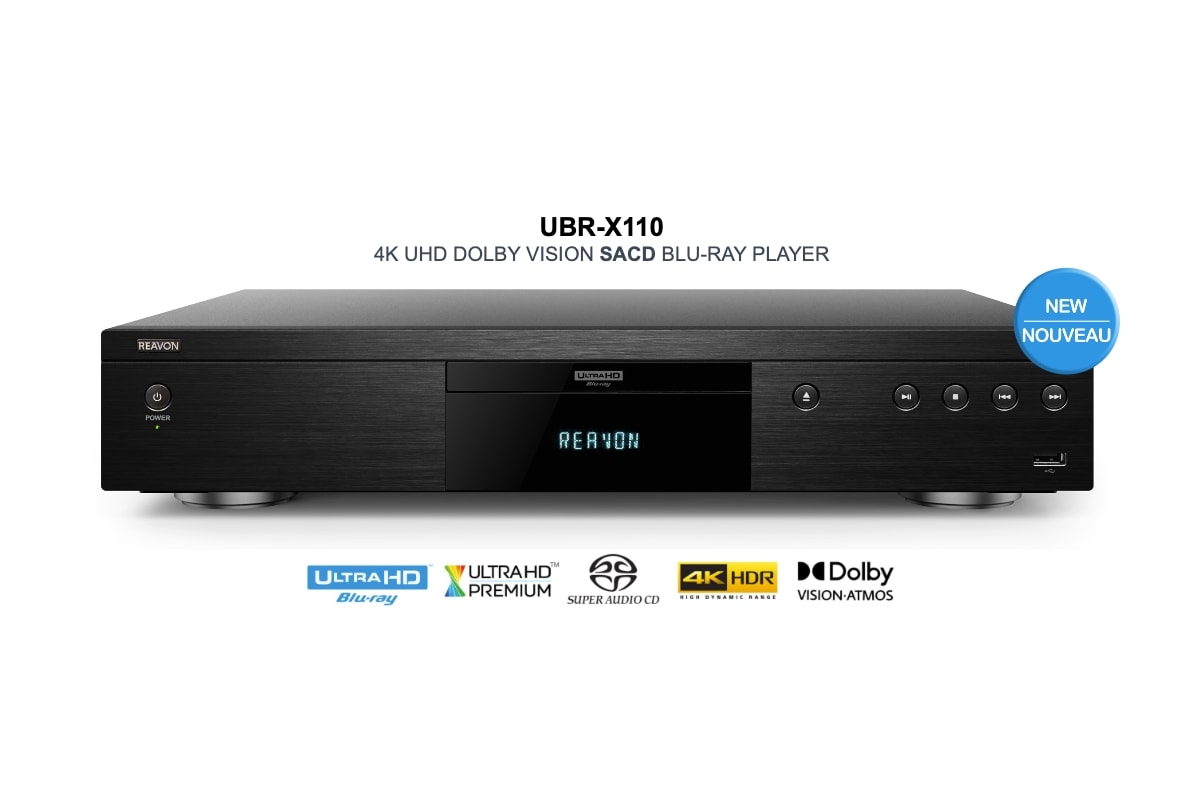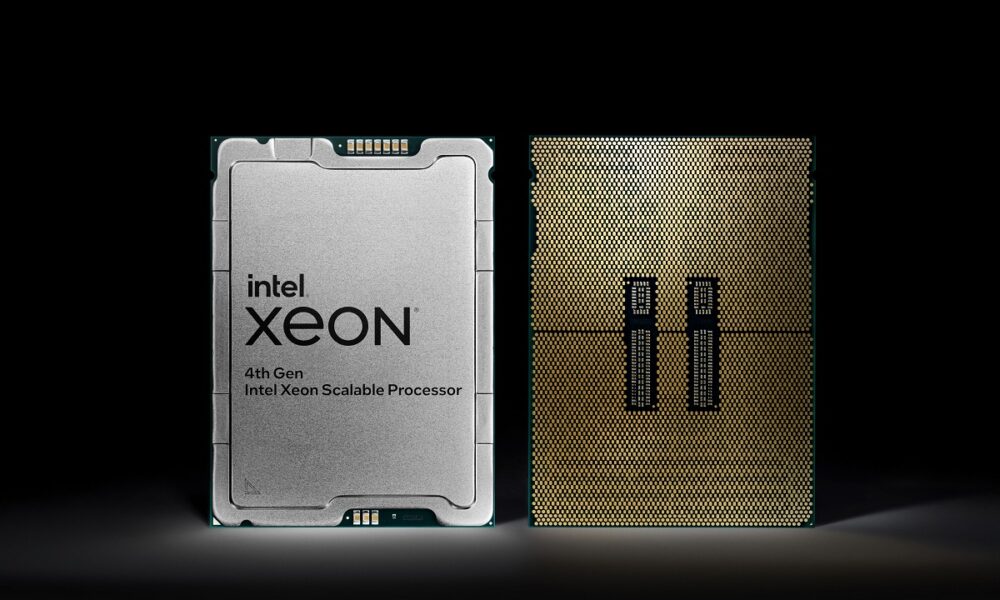
Canyon has begun to market its manufacturing systems nanoimprint semiconductors to recover its strategic positioning in the market and compete against ASML, which currently leads the sector. With the process of extreme ultraviolet (EUV) lithography It is expected to considerably reduce the business gap.
He new system FPA-1200NZ2C involves producing semiconductors that match a 5nm process and scale up to 2nm. In this way, the capabilities of the A17 Pro chip present in Apple’s iPhone 15 Pro and Pro Max are exceeded.
ASML’s EUV technology has been gaining increasing popularity among chipmakers due to its power to manufacture semiconductors at 5nm or less, some high-power elements. Other companies such as TSMC or Samsung intend to manufacture 2nm chips by 2025.
Canon has been working on the development of its technology nanoimprint lithography (NIL) since 2004although it has not yet managed to consolidate itself in the increasingly complex chip segment.
Lithography as a resource of the future
Lithography machines allow the design of a chip to be printed on the material that enters the semiconductor using ultraviolet light. Unlike AMSL, Canon will not need a light source with a special wavelengthso you will be able to considerably reduce energy consumption.
The production process of nanoimprint lithography is different from that of traditional semiconductor lithography. Instead of printing a pattern on a photoresist-coated wafer, NIL releases liquid droplets where it is only necessary, so that each drop can be measured, controlled and dispensed with high precision.
Subsequently, the mask or seal applies the desired pattern by pressure on said liquid. This process requires great precision to prevent air from getting between the mask and the silicon wafer. This implies that during the useful life of a NIL system it is necessary have more than one mask.
After removing the mask, small structures remain that are cured with UV light, the geometric patterns being invisible to the naked eye. Thus, it can be concluded that the smaller the size of the silicon chip, the greater the performance of the device in which it is used. The level of progress of technological devices It will depend on how advanced the lithography equipment was to print features.
Under the economical point of view, NIL is a process that will offer high profitability to manufacturers, both in the initial investment and in the method of operating the technology. If compared to the alternative of EUV or traditional semiconductor lithography, we see how energy consumption and waste are lower. These factors have a great impact both on the environment and financially.
The geopolitical repercussion of this advance
These new machines are closely related to the technological and political conflict between China and the USsince the latter is imposing strict export restrictions and vetoing China’s access to chips and strategic manufacturing machinery.
After Canon announced that its new machine can help manufacturers produce the equivalent of 2nm semiconductors, they will soon arrive other international restrictions. And China is fighting to create leading companies in lithography machines that help boost domestic semiconductor manufacturing. Without going further, Huawei recently launched a new Smartphone that contained a 7nm chip produced thanks to an ASML EUV machine.
For its part, The Dutch government has imposed tough restrictions on ASML, which prevents it from exporting its EUV lithography machines to China, essential for the production of next-generation semiconductor chips. In response, China has published a draft safety regulations for companies that offer generative AI services, including restrictions on the data sources used to train said AI models.
Everything indicates that the Biden administration would have made the mistake of allowing developers from China to buy chips from the Huaquiangbei electronics area in Shenzhen, boosting the sector considerably.



